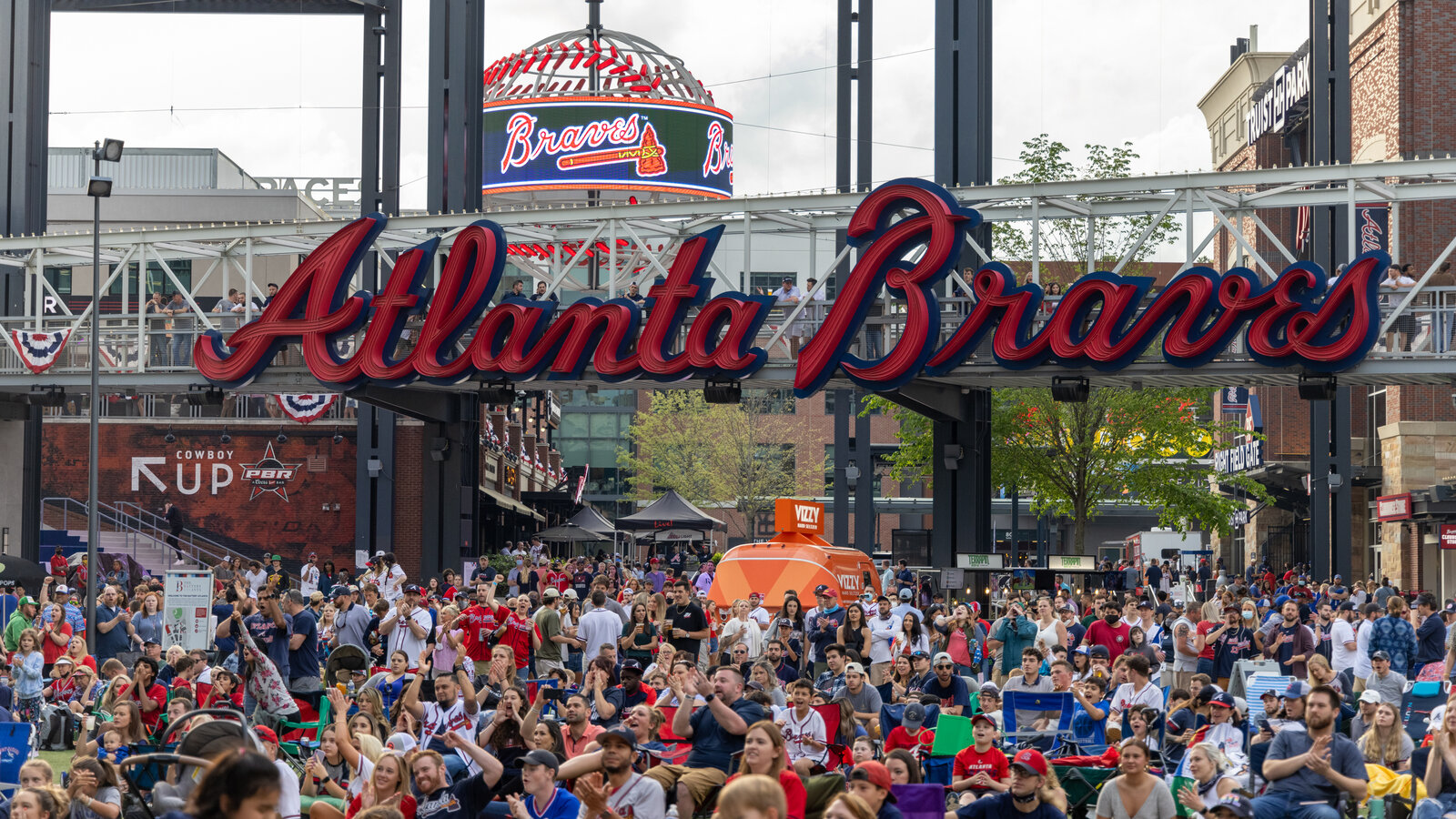
Amazing News: The Braves finalized a Deal with Relief Pitcher on a Minor League Arrangement
The Atlanta Braves have signed lefty Zach Logue to a minor league deal, per MLB Insider Jon Heyman.
Logue, 28, was a 9th rounder by the Toronto Blue Jays in the 2017 MLB Draft out of the University of Kentucky. Moved to the Oakland Athletics as part of the Matt Chapman deal in March of 2022, he was waived after that season and claimed by the Detroit Tigers, with who he spent all of 2023.
In 68 career MLB innings, 57 of which were with Oakland, he’s 3-8 with a 6.88 ERA in 17 games (10 starts). He’s struck out 52 batters (6.9 K/9) and walked 22 (2.9).
The acquisition profiles to be nothing more than high-minors depth for the Braves, and not even that’s guaranteed to be fruitful: Logue put up a 6.58 ERA in 90.1 innings for AAA Toledo (Detroit) last season after a 8.12 ERA in 78.2 innings for AAA Las Vegas (Oakland) the year prior.
Logue was a four pitch pitcher when he started for Oakland in 2022, throwing a four-seam fastball about half the time (90mph), a cutter, curve, and changeup. Working in relief last season, he mostly scrapped the cutter in favor of increased curveball usage, and it appears to have helped – his xERA (expected ERA) was only 3.63, as compared to his actual 7.36. While he didn’t strike out many batters, he also showed low hard-hit rates with the adjusted pitch mix, so there’s something for Atlanta to build off of.
Leave a Reply